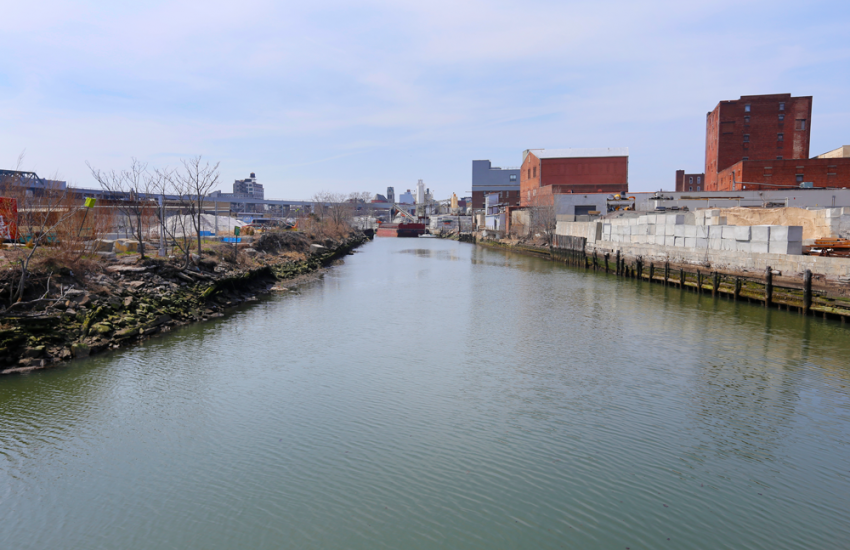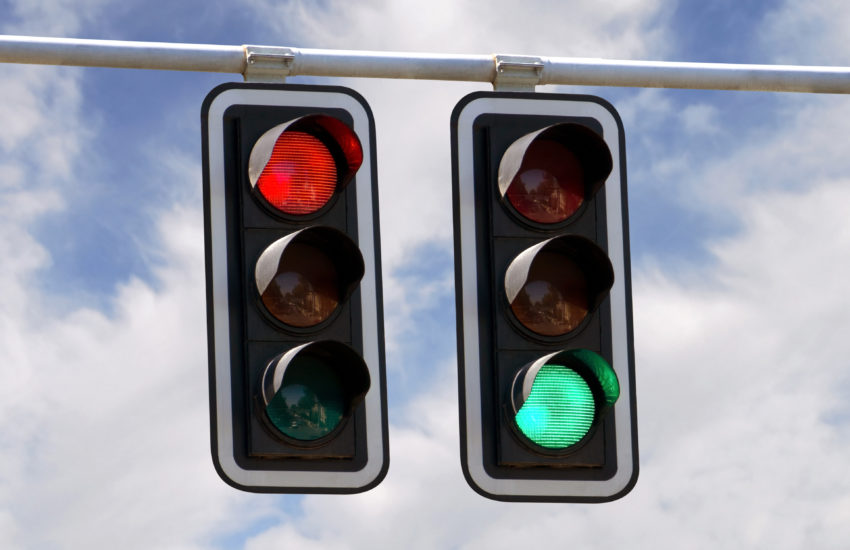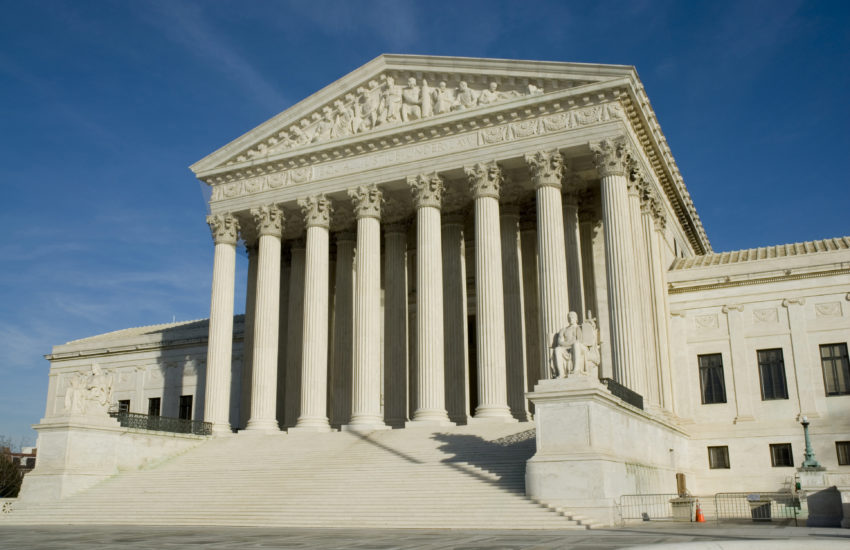On January 8, 2021, the Supreme Court of the United States (SCOTUS) granted the Government of Guam’s petition for a writ of certiorari in a Superfund cost recovery case in which Guam faces a $160 million cleanup bill for a landfill leaking toxic waste at a site that the U.S. Navy created in the 1940s. The case, Government of Guam v. United States, Docket No. 20-382, presents two longstanding circuit splits before SCOTUS, which address CERCLA’s settlement provisions and their impact on a settling …
Continue Reading









